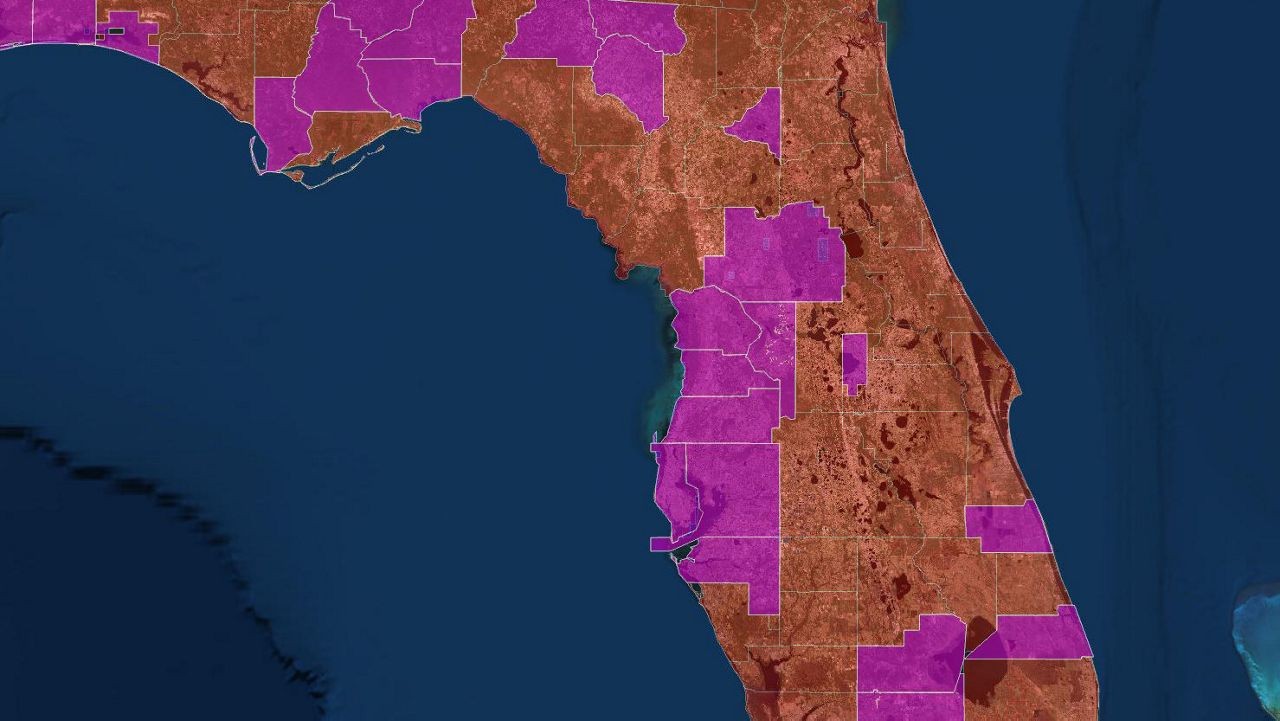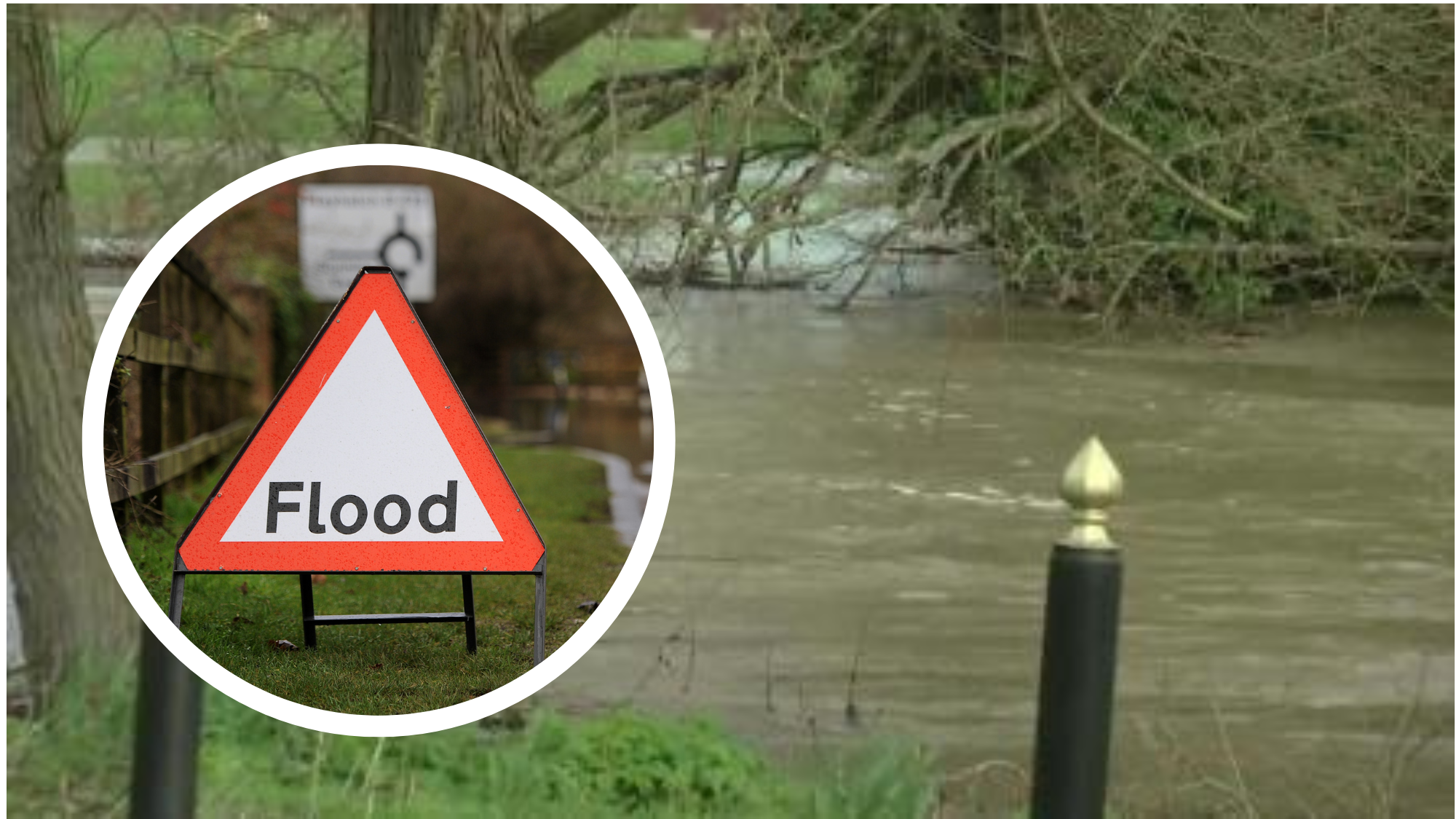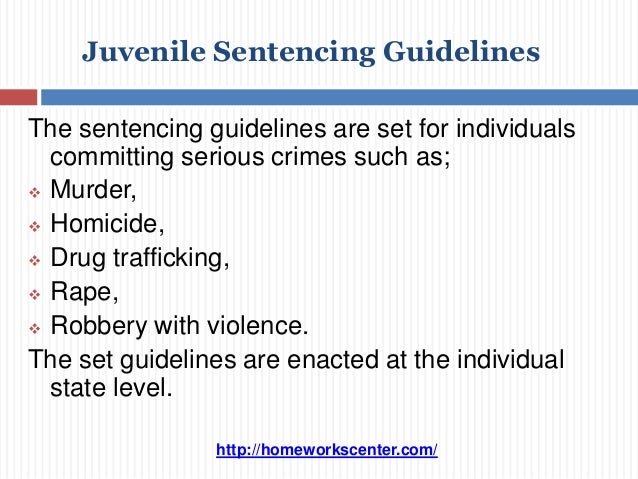Understanding Flood Alerts: A Comprehensive Guide To Safety

Table of Contents
Types of Flood Alerts and Warnings
Understanding the different types of flood alerts is the first step in effective flood preparedness. Knowing the difference between a watch, warning, advisory, and emergency will help you respond appropriately and timely.
Understanding the Terminology
Different alert levels indicate varying degrees of urgency and potential threat. It's crucial to understand what each means:
-
Flood Watch: Conditions are favorable for flooding. Be prepared to take action if flooding develops. A flood watch means potential for flooding, not imminent flooding. Example: "A flood watch is in effect for [area] due to heavy rainfall expected this afternoon."
-
Flood Warning: Flooding is imminent or already occurring in your area. Take immediate action to protect yourself and your property. This is a serious alert requiring immediate response. Example: "A flood warning is in effect for [area]. Flooding is occurring, and you should evacuate immediately."
-
Flood Advisory: Flooding is possible or occurring in your area, but the impact is typically less severe than a warning. Stay informed and monitor the situation. Example: "A flood advisory is in effect for [area] due to minor flooding near [location]."
-
Flood Emergency: This signifies a life-threatening flood situation requiring immediate evacuation. Follow all instructions from emergency officials. Example: "A flood emergency has been declared for [area]. Evacuate immediately!"
Sources of Flood Alerts
Staying informed is paramount. Multiple sources can provide vital flood alerts:
-
Official Government Websites: The National Weather Service (NWS) and your local government websites are the most reliable sources. These sites provide detailed forecasts, warnings, and advisories.
-
Weather Apps: Many reputable weather apps (e.g., AccuWeather, The Weather Channel) provide real-time alerts and forecasts. Ensure you enable location services and notifications.
-
Local News: Television and radio broadcasts often provide updates during severe weather events. This is a valuable supplementary source of information.
-
Wireless Emergency Alerts (WEA): Your mobile phone may receive emergency alerts directly from the government, including flood warnings. Ensure this feature is enabled on your phone.
Sign up for email or text alerts from your local emergency management agency or weather service to receive flood alerts directly to your device.
Preparing for a Flood: Proactive Measures
Preparation is key to minimizing the impact of flooding. Proactive measures can significantly reduce the risk to life and property.
Developing a Family Emergency Plan
A well-defined family emergency plan is crucial. This plan should include:
-
Escape Routes: Identify multiple evacuation routes from your home and neighborhood. Know which routes to use based on the direction and extent of flooding.
-
Meeting Point: Designate a safe meeting place outside your home where family members can gather in case of separation during an evacuation.
-
Communication Plan: Establish a communication plan with designated contact people outside the affected area. This could include a text message group, a designated contact person, or a way to connect via social media.
-
Emergency Kit: Assemble an emergency kit containing essential supplies such as:
- Water (one gallon per person per day for at least three days)
- Non-perishable food (at least three-day supply)
- First-aid kit
- Medications
- Important documents (copies of insurance policies, IDs, etc.)
- Flashlight and extra batteries
- Radio
Protecting Your Property
Protecting your property involves a multi-faceted approach:
-
Flood Insurance: Consider purchasing flood insurance, even if you don't live in a high-risk flood zone. Standard homeowner's insurance typically doesn't cover flood damage.
-
Elevate Valuables: Move valuable items, appliances, and furniture to upper floors or elevate them off the ground to protect them from floodwaters.
-
Seal Basement Windows: Seal basement windows and doors to prevent water intrusion. Install backflow valves to prevent sewage backups.
-
Flood Barriers: Consider installing flood barriers around your property to help prevent water from entering. Sandbags can also be used as a temporary barrier.
Responding to a Flood Alert: Immediate Actions
When a flood alert is issued, immediate action is crucial.
Evacuation Procedures
If a flood warning or emergency is issued, evacuate immediately.
-
Move Valuables: Move essential items, including irreplaceable documents and sentimental objects, to higher floors or safer locations.
-
Turn Off Utilities: Turn off electricity, gas, and water to prevent further damage and hazards.
-
Follow Orders: Follow all instructions from emergency officials and law enforcement. Evacuate along designated routes.
-
Transportation: Use your pre-planned evacuation route, and consider transportation methods, such as a pre-arranged ride or using public transportation, if available.
Staying Safe During Flooding
Floodwaters pose significant dangers. Never enter floodwaters.
-
Avoid Floodwaters: Never drive or walk through floodwaters. Even shallow water can be deceivingly dangerous, and floodwaters can carry hidden debris and hazards.
-
Downed Power Lines: Stay away from downed power lines. Report downed power lines to the authorities immediately.
-
Seek Higher Ground: If you are caught in a flood, seek higher ground immediately and stay there until the floodwaters recede.
-
Contaminated Water: Floodwaters are often contaminated and contain hazardous materials. Avoid all contact with floodwaters to prevent exposure.
Post-Flood Recovery and Resources
After a flood, recovery can be a long and challenging process.
Assessing Damage and Reporting
Documenting damage thoroughly is essential for insurance claims and aid applications.
-
Document Damage: Take photos and videos of the damage to your property. This documentation will be crucial when filing insurance claims.
-
Contact Insurance: Contact your insurance company immediately to report the flood damage and begin the claims process.
-
Report Damages: Report the damages to your local authorities or emergency management agency. This helps them assess the overall impact of the flood and allocate resources effectively.
Accessing Support and Assistance
Many resources are available to assist with post-flood recovery.
-
FEMA (Federal Emergency Management Agency): FEMA provides financial assistance, housing assistance, and other support to individuals and communities affected by natural disasters, including floods.
-
Red Cross: The American Red Cross offers emergency shelter, food, and other essential services to flood victims.
-
Local Charities: Many local charities and non-profit organizations provide support to those affected by floods.
Conclusion
Understanding flood alerts is paramount to ensuring your safety and mitigating potential damage. By familiarizing yourself with different alert levels, developing a comprehensive emergency plan, and taking proactive measures, you can significantly reduce your risk during flood events. Remember to stay informed, follow official guidance, and prioritize your safety. Stay safe and be prepared by regularly checking for updated flood alerts in your area and always have a backup plan ready. Don't wait for a flood warning; prepare for flood alerts now to protect yourself and your loved ones.

Featured Posts
-
 Housing Finance And Family Fun Await At The Iam Expat Fair
May 25, 2025
Housing Finance And Family Fun Await At The Iam Expat Fair
May 25, 2025 -
 Understanding Flood Warnings Nws Advice For Your Safety
May 25, 2025
Understanding Flood Warnings Nws Advice For Your Safety
May 25, 2025 -
 Pride And Prejudice Revisiting A Classic And Discovering Donald Sutherlands Performance
May 25, 2025
Pride And Prejudice Revisiting A Classic And Discovering Donald Sutherlands Performance
May 25, 2025 -
 The Key Decision That Reshaped Mercedes Season George Russells Impact
May 25, 2025
The Key Decision That Reshaped Mercedes Season George Russells Impact
May 25, 2025 -
 Proposed Changes To Juvenile Sentencing In France
May 25, 2025
Proposed Changes To Juvenile Sentencing In France
May 25, 2025
